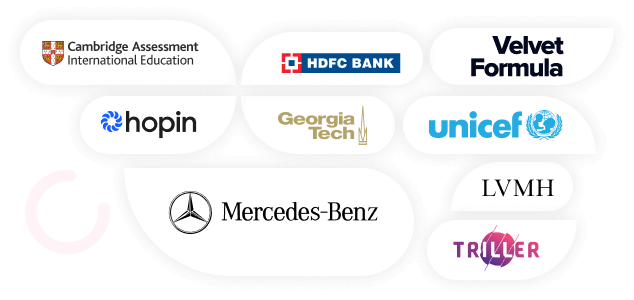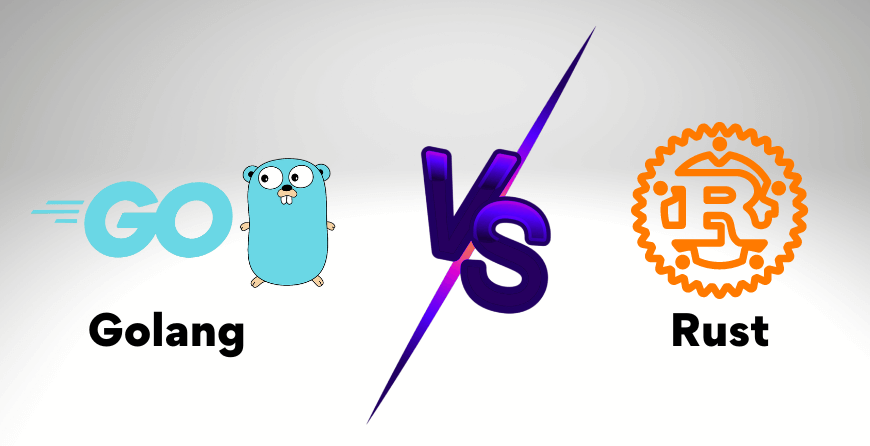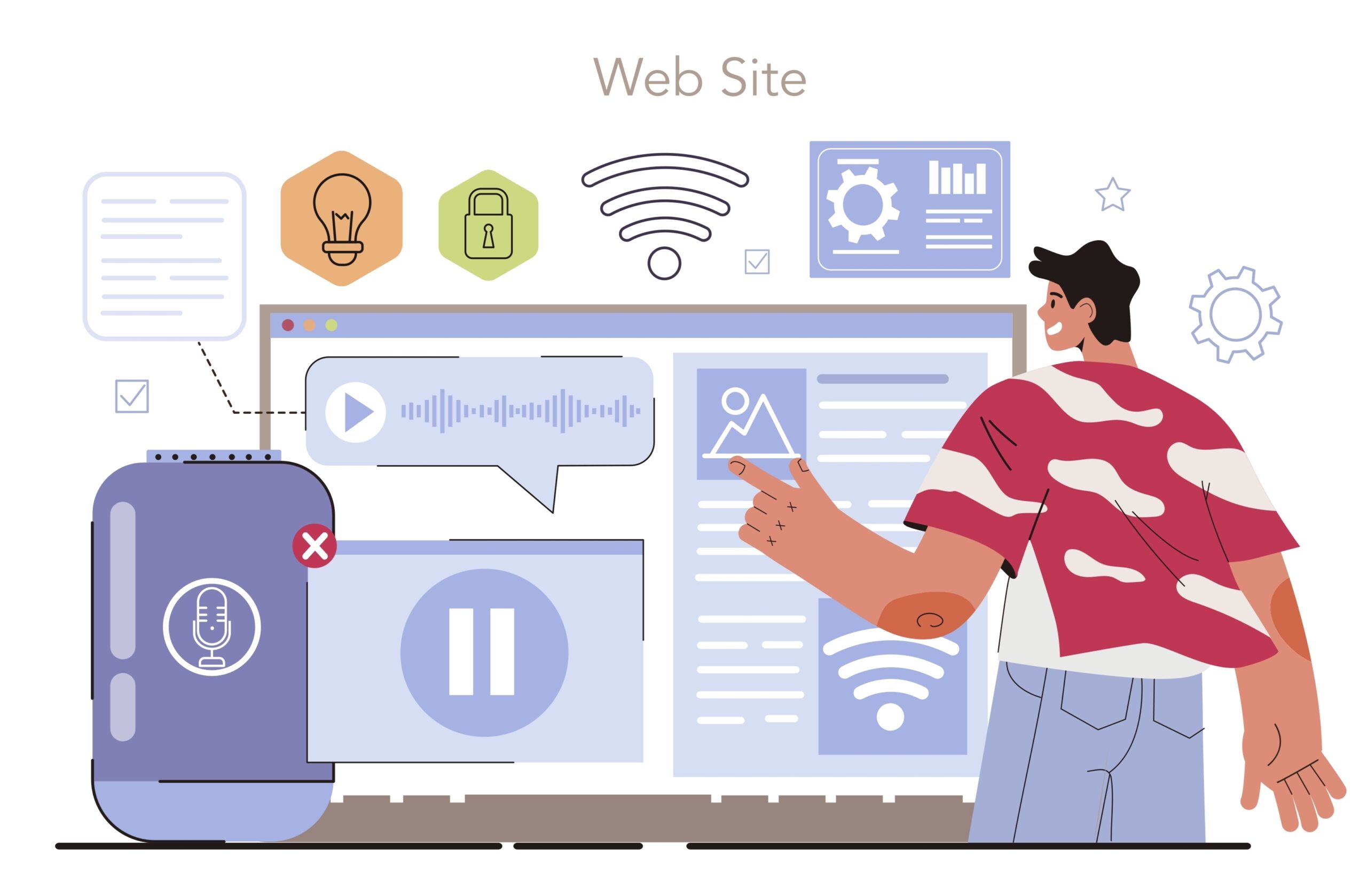There is often an occasion when certain inventions and ideas are overshadowed by their first practical use. Nuclear power and the atomic bomb are a rather infamous, depressing example but Blockchain technology and cryptocurrencies/NFTs are a less depressing but no less overshadowing one. How else are we supposed to describe it when the means of creating a solution to backdating and tampering for digital data has been associated almost entirely with the real life equivalent of digital credits or receipts? As such, this article will not try to tie the two together but instead focus on Blockchain technology, the idea behind them, what you need to know to work on them, and what they can be used for.
The concept and theory behind Blockchain technology was first introduced in the 1990s, with Merkle trees released the year after. However, it wasn’t until 2004 with the introduction of Reusable Proof of Work (RPoW) that there was a practical, useful application made. It wasn’t until cryptocurrencies like Bitcoin, Smart Contracts, and DApps that Blockchain technology really hit its stride.
The Features and Selling Points of Blockchain Technology
Outside of bitcoin, the features of Blockchain technology presented below are why it has had such a huge growth. These include:
Efficiency:
Blockchain technology allows for quick verification, settlement and clearance of trades, thereby making it efficient and saving time. This is due to all the stakeholders agreeing to a single version of agreed-upon data format.
Untamperable Transaction Records:
One of the primary selling points of Blockchain technology. Transactions are registered in the blockchain in a chronological order. This is because when a new block is added to the chain of ledgers, it is irremovable and unmodifiable.
Reliability:
Blockchain users verify the data inside, thanks to the collective self-interests, allowing them to have a reputation of reliability as well as removing issues such as double records, reducing rates and accelerated transactions.
Security:
This is the primary selling point of Blockchain technology as it uses DIstributed Ledger Technology (DLT) where each party holds a copy of the original Blockchain. Along with this, it uses advanced cryptography to make sure that the data is secured.
Collaboration Between Members:
The Blockchain technology allows each party to undergo transactions directly without a third-party intermediary.
Decentralised Network:
Due to the decentralised nature of Blockchain technology and network, there are no central authority(ies) supervising the network. Instead, each node possesses the standard roles on how to exchange data in the network. This ensures that all the transactions are valid and added sequentially.
Blockchain vs. Database
Based on the information about the usage of Blockchain technology as described above, despite its structural similarity to linked lists and unbranched trees, in function it is best compared to a database.
Blockchains are decentralised in nature with no central administrator in charge with the necessity of such permissions depending on whether the blockchain is public, private or to what extent in hybrid. The Blockchain technology allows for full confidentiality along with possessing the complete history of records and ownership whereas they are ot available in a database. Outside of this, they also allow for disintermediation unlike databases.
However, databases possess certain advantages such as being significantly faster than blockchains, allowing for creation, reading, updating and deletion unlike blockchain that only allows for insertion. Also, databases allow for recursive repeating tasks but Blockchain technology does not. On top of that, if size and energy consumption are issues, databases are a far more practical choice over Blockchain technology.
The Components of Blockchain Technology
The basic components of Blockchain are blocks i.e. records in a digital ledger used to record transactions. Due to its design, no single block can be altered without altering all records that followed it. Due to this design structure and the protocol behind using it, Blockchain technology is robust with minimal concerns on data security, lacking issues of infinite reproducibility and double spending.
Outside of this, there are three terms that anyone working with Blockchain and Blockchain technology should know. The initial block is termed as the genesis block and every following block contains the cryptographic hash of the prior block, thereby acting as a highly secure linked list.
Types of Blockchain Networks
At present, for those working with blockchain technology, there are four different types of blockchain available:
Public Blockchain: In a public blockchain, there are no access restrictions with any one with an internet connection capable of becoming a validator and performing transactions. These are the most commonly known types thanks to Bitcoin and Ethereum and generally utilise the Proof of Stake or Proof of Work consensus algorithm.
Private Blockchain: This requires permission or invitation to join by the network administrators. The participant and validator access is restricted in comparison to public blockchains and they generally use Distributed Ledger.
Hybrid blockchains: They are as the name suggests, a hybrid between public and private blockchains with large variations in their workings based on how much of each blockchain type is required.
Sidechains: These aren’t a specific classification for blockchains but instead refers to a blockchain ledger that runs in parallel to a primary blockchain. This is due to the blockchain forking, and despite the classification of the primary blockchain, the sidechain can operate independently with alternate means of record keeping and consensus algorithms.
Skills Associated with Working on Blockchain Technology
As such, if you’re interested in working with Blockchain technology, you’re going to need a solid foundation to work on. Presented below are three of the main pillars of the foundation. These are:
They should have a good understanding about some basic concepts of data structure and possess skills such as web development. The former is an obvious requirement due to the structure of the blockchain network and the latter due to job requirements as quite often they have to work on developing web apps.
Programming skills, especially in Object Oriented Programming (OOP) and scripting languages is an essential skill for any blockchain developer. Some of the most relevant skills include Java, Python, etc in Object Oriented Programming and HTML, JavaScript and Cascading Style Sheets (CSS) etc. in scripting languages.
Cryptography is another essential skill as the security of Blockchain technology is quite often its greatest selling point. Each block of the blockchain contains an encrypted address to the next and outside of this, there are also additional applications in Blockchain in say, cryptographic hashing.
Topics to Ask to Applicants who want to Work in Blockchain Technology
If you’re a part of a company that uses/is planning to work with Blockchain technology, there should be people who are skilled in it. If you’re involved in hiring them or are a hopeful applicant, then there are some topics that you should familiarise yourself with. The theoretical topics are mostly focused at the beginner level, as they are foundational and so, they are topics that seniors are already assumed to be familiar with and the ones that juniors should have at least a working knowledge of.
They include:
- Blockchain technology: definition, blockchain types, data types, advantages, disadvantages and components of blockchain
- Merkle trees and its use in blockchain
- Encryption in blockchain
- Differentiate between
- Blockchain vs. relational databases. Depending on the company there may be something else other than relational databases depending on the storage medium used.
- Ethereum vs Bitcoin. Depending on the company, there may be some other comparison between different cryptocurrencies.
- Proof-of-work vs Proof-of-stake. They are both types of consensus algorithms and depending on what is used, the comparison may be different.
- Public key vs. Private key
- Hash value
- Data types available
- Cryptographic algorithm used in Blockchain technology
- Double spending and infinite spending
- DAO
- Coinbase transaction
- 51% attack
Consensus algorithms and its types
Outside of the given theoretical questions, for experienced developers, the experienced applicants should instead be interviewed in regards to use cases, specific issues, and their experience. Some of the topics to use are:
- What previous experience do you have with Blockchain technology?
- What are your technical skills in regards to Blockchain technology?
- Did you have any experience with cryptocurrencies?
- What challenges did you have with your Blockchain projects?
Depending on the past and current application for the Blockchain technology, the questions asked have to be tailored.
Uses of Blockchain Technology
The primary use of blockchain technology is as a distributed ledger for cryptocurrencies, The bitcoin currency is in fact what popularised the use of blockchain technology. At present, most cryptocurrencies, especially the most popular ones such as bitcoin and etherium rely on blockchain technology to record transactions. Outside of this, there are also additional applications with varying degrees of applicability, practicality and legality.
One of the other uses of blockchain technology is in smart contracts. The primary advantage and selling point of such smart contracts is that they do not require trustees or similar third parties to act as an intermediary. Due to this some of the theorised advantages of Blockchain technology for this purpose including reducing friction between entities and the reduction of moral hazards, However, the lack of popularity and usage has left its legality murky.
Outside of use in cryptocurrencies and potential use as third parties in contracts, there are also other potential applications in finance. This has led to banks working with companies researching blockchain or researching it directly. While it has greater efficiency, security and cost savings, it has its share of criticisms that can be politely summarised as “having potential, but with many challenges, and few successes.”
Outside of the above mentioned financial application, blockchain technology has also found applications for video game monetization. While transaction between players and purchase of in-game items has been a common, if highly criticised practice for years, using blockchain technology for such a purpose, if not basing the game outright on it as seen in CryptoKitties is relatively new. However, as mentioned before regarding the criticisms of in-game transactions, to the point of being outright banned in some countries, the same holds true for games that use Blockchain technology. The limited appeal of such games as they tend to overly focus on using Blockchain technology, the high risk due to inconsistent revenue, technical limitations and being banned on Steam hasn’t helped matters either.
There have also been attempts at utilising Blockchain technology in supply chain management. The two significant examples are by Everledger and IBM to ensure ethical diamond mining and trading and by Walmart and IBM to monitor the supply chain. Other attempts have been made but these are the most significant examples.
Other potential uses for Blockchain technology is in offering domain names as a service, tracking payments, music distribution and for counterfeit detection. Many of these other uses are still works in progress, often requiring additional technologies and lack widespread usage at present. However, they show potential and would likely be fully developed in the near future.
Attacks that Target Bitcoin
Bitcoin is the most famous utilizer of Blockchain technology, has faced a variety of attacks throughout its history. As such, to anyone who is intended to use Blockchain technology they should be studied. These include:
The Sybil Attack
This happens in a peer-to-peer network where a malicious attacker who wants to undertake this has to undermine the authority in the reputation system. They do this by making the node operate with multiple identities. While difficult to detect and prevent, there are certain measures that can help prevent this:
Increase the cost of creating a new user identity
Require validation of identities or trust from pre-existing members. As such, using private or hybrid rather than public blockchains is the solution.
Different members can have different levels of accessibility to the network.
Race Attack
This form of attack requires multiple recipients to accept unconfirmed transactions as payment. The attacker sends the same currency to different vendors from different machines. If vendors don;t wait for block confirmation before delivering they will realise after delivery that the transaction was rejected during mining. The obvious solution to avoiding this attack is by waiting for at least one confirmation.
Finney Attack
It is an attack that utilises the double-spending problem where the attacker is also the miner who mines blocks normally. Inside a block, the attacker includes a transaction which sends some of the coins back to themself without broadcasting the information. When the attacker finds a pre-mined block, they send the same coin in a second transaction. While the second transaction should be rejected by other miners, this takes time, giving them a window of time for the attacks to succeed. The prevention for this is obvious as the previous attack, by waiting for at least six block confirmation before releasing.
Vector75 Attack6
This attack is a combination of the above two attacks. As such, a transaction that has even one confirmation can still be reversed. Such an attack can be avoided by disabling incoming connections and only connecting to well-connected nodes.
The 51% Attack
This attack targets the entire blockchain network. There, a miner or group of miners try to gain an absolute majority i.e. more than 50% of a network’s miring power, computation power or hash rate. This causes there to be two versions of the network, with the second fictitious ones being controlled by the corrupt members.This can cause issues such as double-spending if not outright stop the network entirely. However, due to the impracticality of such a method, it is still a theoretical concept.
The Interoperability of Different Blockchain Technology
At present, the different number of blockchain technology systems available face issues with compatibility. This has been seen before with any new introduced technologies ranging from device cables/chargers to softwares and data types. So, it’s no surprise that blockchain technology at present has this issue. At present, the three solutions available are:
Cryptocurrency operability approaches
Blockchain engines
Blockchain connectors
Blockchain Technology Corp
The company is involved in Software Development, with a headquarter in the heart of Manhattan and additional offices in Denmark and Greece. According to the website of this blockchain technology company, some of the projects include blocktech, an international blockchain venture studio. Its origins date from the foundation of the Bitcoin Center in New York City, which holds the title of being the world’s first physical cryptocurrency exchange, right next to the New York Stock Exchange. Outside of this, its other projects include Zap Oracles, VoteUnits, EnergyLedger and various courses on Blockchain. Outside of customised courses, it also allows for supporting developers through Venture Studio, consultation, etc.
The link is: https://blockchaintechcorp.com/
Conclusion
Blockchain technology is not a new idea, and yet outside of cryptocurrencies and NFTs that are booming, the rest of it is still in the pioneer stage. A lot of this is still under development and research, so, there is still room for new and upcoming developers to make their mark. So, if you’re interested in going off the beaten path, Blockchain technology is the place to go.





